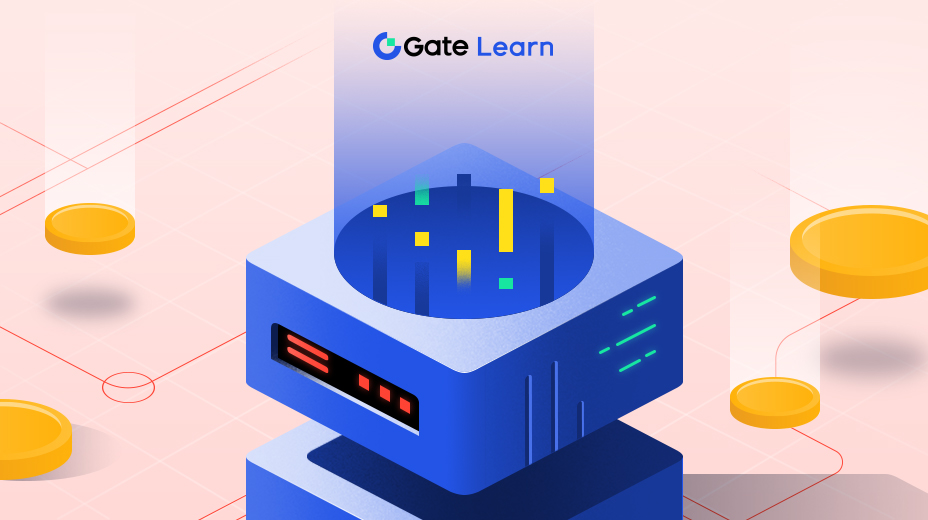Understanding Celestia’s Role in Modular Design
This module provides a deep dive into Celestia’s design philosophy. It covers what Celestia is, how it separates itself from smart contract platforms by handling only consensus and data availability, and how it enables sovereign rollups and execution chains to launch independently. It also traces Celestia’s origin from LazyLedger and walks through key development milestones, including the launch of its mainnet and $TIA token.
What is Celestia?

Celestia is a modular blockchain network designed to provide only two key services: consensus and data availability. Unlike traditional monolithic chains that also handle transaction execution and state management, Celestia removes those layers entirely. Its architecture enables developers to build and deploy independent blockchains—often referred to as rollups or sovereign chains—that plug into Celestia for ordering and publishing their transaction data.
This design addresses the core scalability and flexibility issues seen in monolithic blockchains. By stripping away execution and state validation, Celestia becomes a lightweight, efficient base layer that can scale horizontally without the performance constraints of on-chain computation. At the same time, it offers a permissionless and decentralized platform for developers to launch their own execution environments without needing approval or coordination with a central protocol team.
Purpose-Built for Modular Blockchains
Celestia was developed to serve as the foundational data layer in a modular blockchain ecosystem. In this architecture, individual applications or rollups handle execution on their own terms, but rely on Celestia to make their transaction data publicly available and ordered in a secure way. This role is essential because it allows external chains to prove to their users that data has not been withheld or altered.
Instead of supporting smart contracts directly, Celestia acts as a reliable and scalable foundation that other chains can build upon. This makes it fundamentally different from smart contract platforms like Ethereum or Solana. Celestia does not validate state transitions, process user transactions, or manage account balances. Its only responsibility is to ensure that all data published to the chain is available and agreed upon by its validators.
A Layer for Rollups and Sovereign Chains
Celestia is designed to support two types of chains: rollups and sovereign chains. Rollups are off-chain execution environments that post their data to Celestia for security. These rollups may use Ethereum or another chain for settlement. In contrast, sovereign chains are fully self-contained—they execute and validate their own transactions, and use Celestia only to make their data available.
Both models benefit from Celestia’s modular architecture. Rollups gain a scalable data layer that doesn’t congest the base chain, while sovereign chains gain access to a decentralized and secure publication platform for their block data. This flexibility is central to Celestia’s value proposition.
How Celestia Differs from Other Chains

Celestia’s most defining characteristic is that it does not process transactions or execute smart contracts on-chain. Unlike platforms such as Ethereum, Solana, or Avalanche—where user applications live directly on the base chain—Celestia does not include an execution environment at all. This means developers cannot deploy smart contracts to Celestia itself. Instead, they can build their own execution layers as independent blockchains that connect to Celestia for data publication and ordering.
By excluding execution, Celestia minimizes computational overhead and avoids the bottlenecks associated with processing complex application logic. This separation is intentional and foundational. Celestia is not designed to compete with general-purpose Layer 1 platforms, but to enable them.
Focused Role: Consensus and Data Availability Only
Celestia’s architecture is optimized for two core services: ordering data and ensuring that it is available. Consensus in Celestia is handled using the Tendermint Byzantine Fault Tolerant (BFT) algorithm, which allows validators to agree on the inclusion and order of data blobs. Data availability is achieved through a cryptographic process called Data Availability Sampling (DAS), which allows light clients to verify that all block data is accessible without downloading the entire chain.
This focused role allows Celestia to act as a base layer for a wide variety of blockchain use cases, without introducing overhead from on-chain computation or state validation. Developers can treat Celestia as a shared publication layer that guarantees availability and consistency for their chain’s data.
Decoupling from Settlement and State
In a monolithic blockchain, the settlement, execution, and state management are tightly integrated. Celestia deliberately separates these concerns. Settlement—where transaction validity and finality are enforced—is left to the execution layer or to a separate settlement chain such as Ethereum. Celestia does not track state transitions or balances. It only ensures that the data representing those transitions is available and correctly ordered.
This decoupling enables new design patterns like sovereign rollups, where developers can build chains with full control over execution logic and settlement rules, without depending on a centralized base layer. Chains using Celestia are not limited by any particular virtual machine, consensus model, or governance system.
Modularity as a Core Principle
Celestia’s modularity is not an afterthought or a scaling patch—it is built into the protocol from the ground up. It is designed to be infrastructure, not a platform. It provides the foundation for a multi-chain future where execution environments are as diverse as the applications they support.
This architectural choice puts Celestia in a different category from other chains. While platforms like Ethereum are gradually modularizing through rollups and off-chain components, Celestia starts modular and remains minimal. It offers no opinions about how state should be computed, who should perform execution, or what virtual machine should be used.
Celestia’s Origin and Milestones
Celestia originated as a research project known as LazyLedger, first introduced in an academic paper published in 2019. The paper proposed a new blockchain architecture that separated consensus and data availability from execution, laying the theoretical foundation for modular blockchain design. At the time, most blockchain scaling efforts focused on increasing block sizes or introducing Layer 2 solutions within existing monolithic systems. LazyLedger introduced a fundamentally different approach: build a minimal base layer that specializes only in consensus and data availability.
The core insight behind LazyLedger was that a blockchain does not need to understand the contents of transactions to guarantee that data is available and ordered correctly. If users and developers could rely on a base layer to publish data and reach consensus, they could build their own execution environments independently. This formed the conceptual backbone of what would later become Celestia.
Project Formation and Development
The transition from a research paper to an operational protocol began with the formation of Celestia Labs, a development team composed of cryptographers, protocol engineers, and open-source contributors. Over the next several years, the team focused on building a modular blockchain network capable of supporting decentralized applications at scale—without inheriting the performance limitations of monolithic architecture.
Celestia launched several testnets during development, including Mamaki, Mocha, and Arabica, to test features like Data Availability Sampling (DAS), validator staking, and blob publishing. These testnets provided a platform for developers and early adopters to explore how Celestia’s modular stack could be used in real-world blockchain deployments.
The design of Celestia was guided by a consistent principle: keep the base layer minimal and make it easy for developers to build on top of it. This included the development of Rollkit, an open-source framework for launching rollups that use Celestia as a data availability layer.
Mainnet Launch and $TIA Token
Celestia officially launched its mainnet in October 2023, marking a major milestone in the evolution of modular blockchain infrastructure. The launch included the release of Celestia’s native token, $TIA, which is used to pay for data availability and incentivize validators. $TIA also plays a role in staking and securing the network, aligning economic incentives with protocol security.
At launch, the network supported permissionless publishing of blobs—binary large objects that contain raw transaction data from rollups and sovereign chains. This marked the beginning of Celestia’s role as a shared data availability layer in the modular blockchain ecosystem.
The mainnet release was accompanied by wide developer interest, particularly from projects looking to build scalable Layer 2s or standalone rollups without inheriting the computational load or governance structure of Layer 1 chains.
Roadmap and Ecosystem Growth
Following its mainnet launch, Celestia has focused on expanding its ecosystem and supporting projects integrating its modular stack. Its roadmap includes enhancements like multi-blob support, improved DAS efficiency, and broader interoperability with rollup frameworks. Celestia continues to emphasize open-source tooling and modular SDKs like Rollkit, which make it easier for developers to deploy custom execution environments on top of Celestia’s data layer.
The long-term vision is to create a shared, decentralized foundation for modular blockchains—where data availability is a public utility, and innovation in execution can occur independently of any single base layer.





